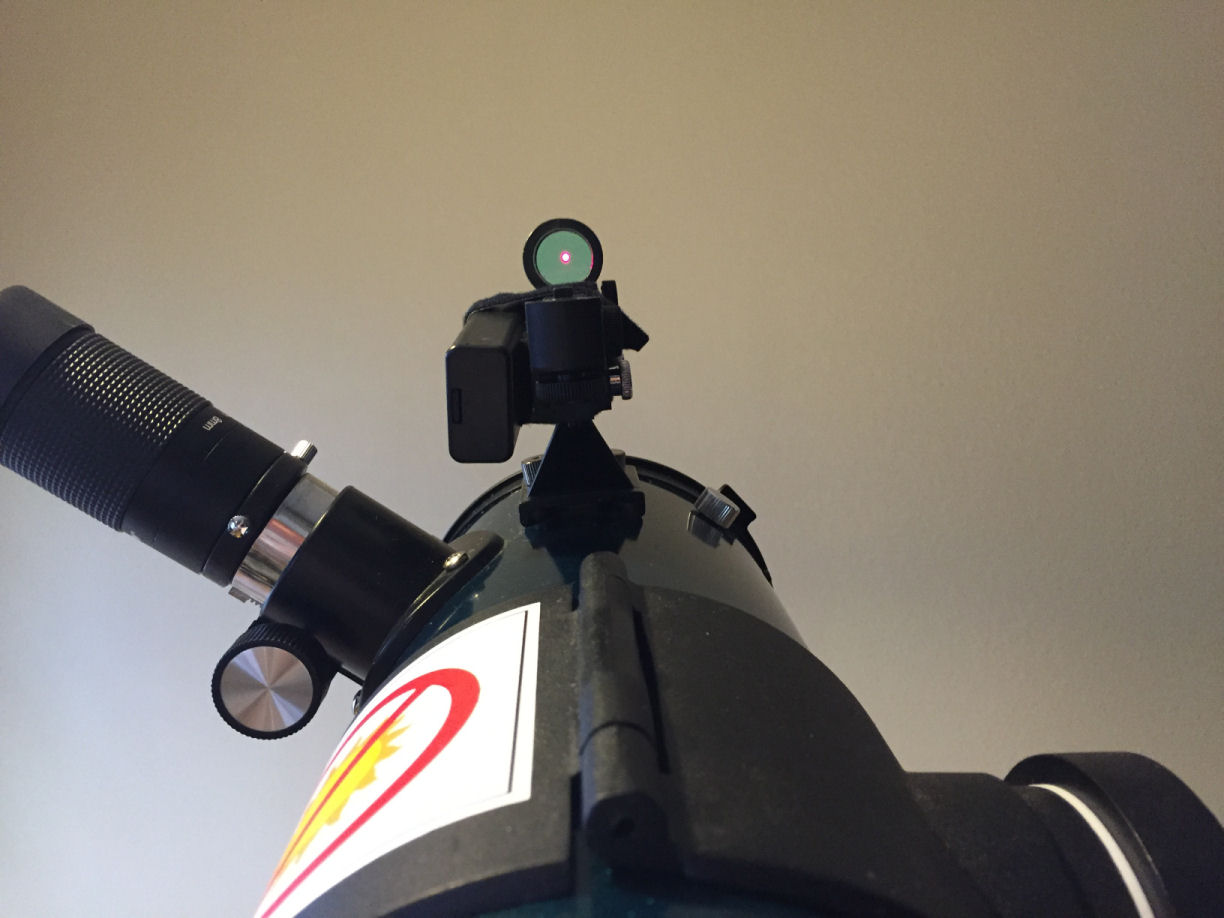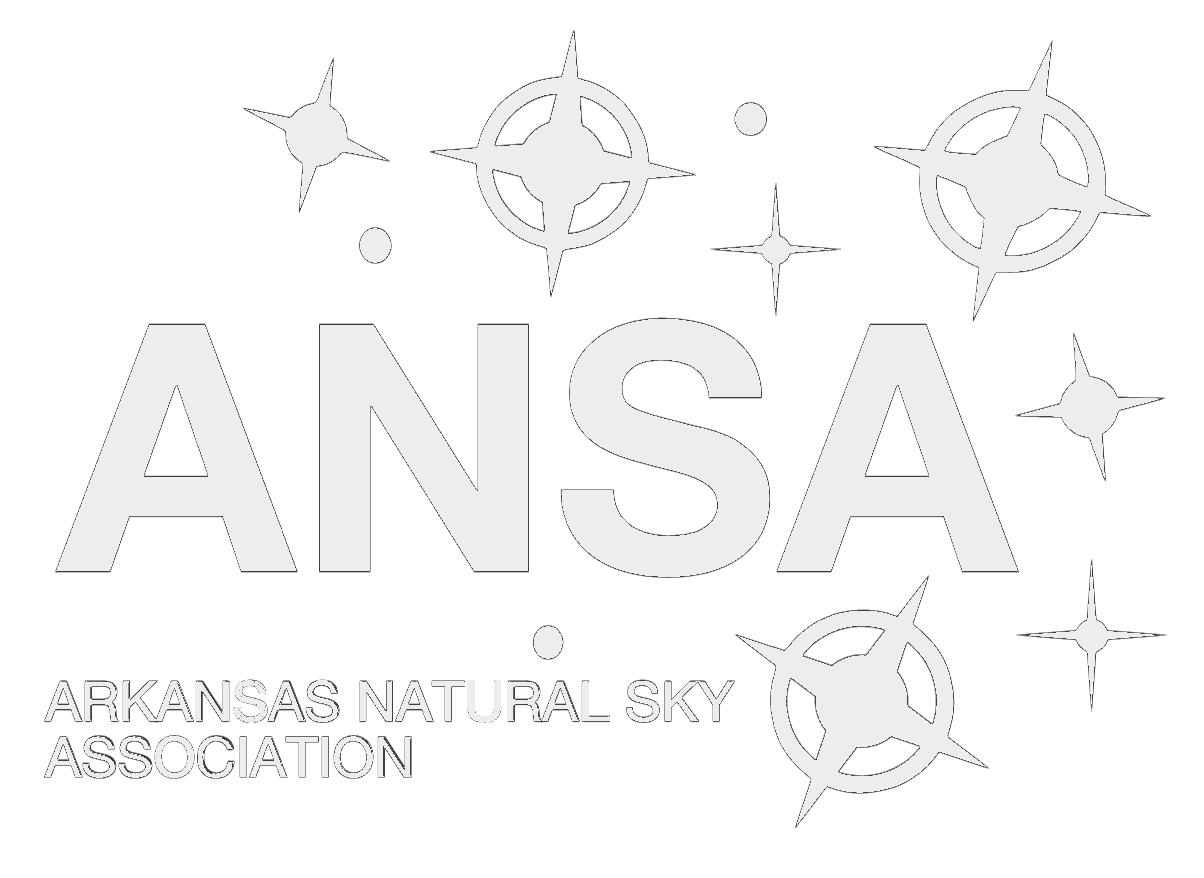
The usual library telescope is a modified 4.5" Orion StarBlast telescope that will gather several hundred times more lights than the naked eye and comes with a zoom eyepiece that will magnify between 20 and 60 times. It is suitable for observing the moon, brighter planets, such as Saturn and Jupiter, and it is capable of "splitting" some double stars.
With its F/4 Newtonian optical design, the instrument is particularly suited to wide-field views of bright comets, and many "deep-sky" objects, such as star clusters, nebulae, and even some of the larger galaxies.
Library scopes usually come with a manual and some form of sky guide. You might download this Library Telescope Manual before checking one out, and view the brief (12') video below on the background of library telescope programs, and on how to use the instrument. (You can abbreviate the video by skipping to the how-to section at 2:20.)

To activate the finder scope, use the round knob on the side. Turn the knob all the way to its farthest position. It may take up to five seconds before the laser becomes visible. Turn the knob in reverse to lower brightness.


